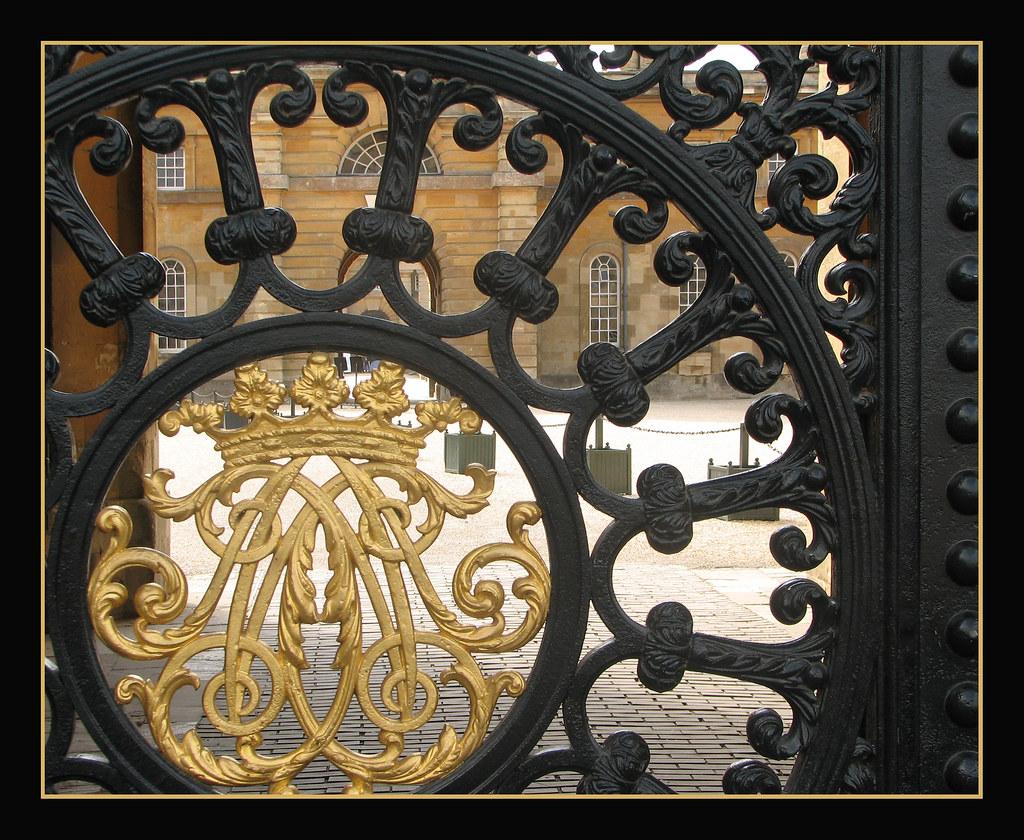WatermarkStationery.com is reader-supported. When you buy through links on our site, we may earn an affiliate commission. Learn more.
If you’ve ever received a personalized gift with your initials on it, you might be familiar with monograms. Monograms have been around for centuries, and they have a rich history that is worth exploring. In this article, we’ll take a look at the history behind monograms, their origins, and what they symbolize.
Origins of Monograms
The word “monogram” comes from the Greek words “mono,” which means “single,” and “gramma,” which means “letter.” Essentially, a monogram is a symbol that is made up of one or more letters, usually the initials of a person or organization.
Monograms have been around for thousands of years and have been used by different cultures and societies. The earliest known monograms were found in ancient Greek and Roman artifacts, where they were used as signatures on official documents.
Historical Monograms
In medieval times, monograms were used as a way to mark the belongings of kings and other members of royalty. This was important, as it helped to distinguish one person’s property from another’s.

During the Renaissance, monograms became more elaborate and decorative, and were used on everything from clothing to architecture. The famous artist Leonardo da Vinci even used a monogram to sign his artwork.
What Does a Monogram Symbolize?
A monogram can symbolize many things, depending on its design and the culture in which it is used. Here are some common meanings associated with monograms:
- Personal identity: Monograms are often used to identify an individual, and can be seen on everything from clothing to stationary.
- Status: In the past, monograms were used by royalty and other members of high society to show their status and wealth.
- Unity: Monograms can be used to represent a group or organization, with each member’s initials being combined into a single symbol.
Who Invented the Monogram?
There is no clear answer to who invented the monogram, as it has been used by different cultures and societies throughout history. However, it is believed that the ancient Greeks and Romans were the first to use monograms as signatures.
History of Monogram Print
In the 19th century, monograms became popular as a way to personalize clothing and accessories. Monogrammed handkerchiefs, towels, and even umbrellas were all the rage. In the early 20th century, monogramming machines were invented, which made it easier and more affordable for people to add monograms to their belongings.
FAQ
Why were monograms used?
Monograms were used as signatures and to mark personal belongings, as well as to show status and wealth.
What does a monogram symbolize?
A monogram can symbolize personal identity, status, or unity, depending on its design and use.
What is a historical monogram?
Historical monograms were used by royalty and high society to mark their belongings and show their status.
Who invented the monogram?
There is no clear inventor of the monogram, as it has been used by different cultures and societies throughout history.
What is the history of monogram print?
Monogram print became popular in the 19th century as a way to personalize clothing and accessories, and monogramming machines were invented in the early 20th century.
What is the origin of monograms?
The origin of monograms can be traced back to ancient Greek and Roman artifacts, where they were used as signatures on official documents.
Amazon and the Amazon logo are trademarks of Amazon.com, Inc, or its affiliates.
